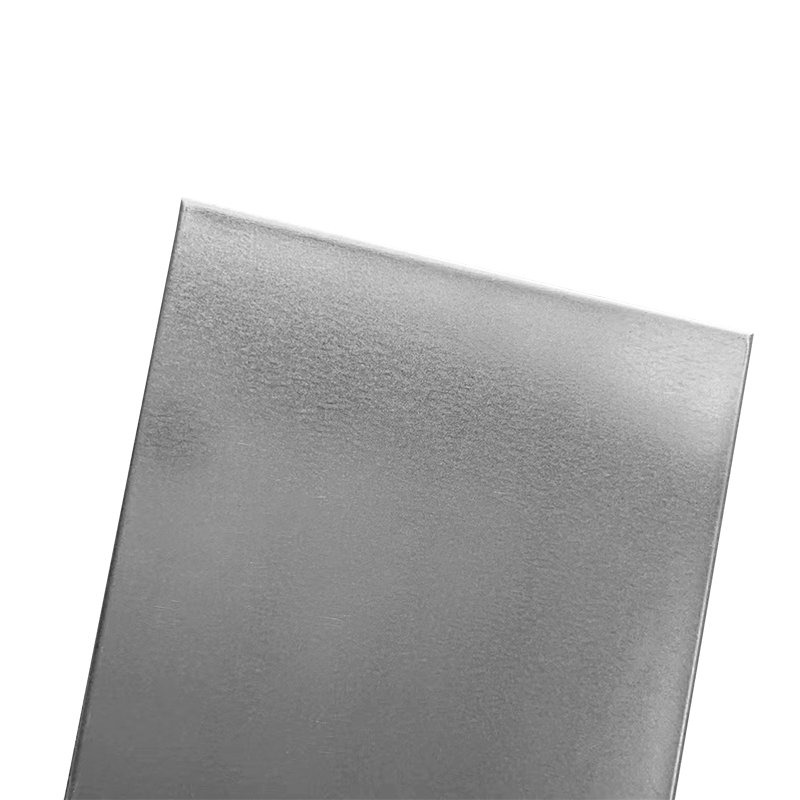When it comes to selecting materials for construction projects, builders and designers must balance factors like durability, cost, and sustainability. Enter galvanized steel composite panels—a revolutionary material that is quickly becoming the go-to choice for forward-thinking professionals. But what exactly sets these panels apart from traditional options? Let’s dive into why they are shaping the future of the construction industry.
Durability Meets Innovation
At the heart of galvanized steel composite panels lies a simple yet effective concept: combining the best qualities of different materials to create something greater than the sum of its parts. The outer layers of galvanized steel provide unmatched strength and resistance to corrosion, while the inner core—often made of insulating materials like polyurethane or mineral wool—adds thermal efficiency and soundproofing capabilities.
This hybrid design ensures that the panels can endure heavy loads, extreme temperatures, and prolonged exposure to the elements without losing their integrity. For instance, in coastal regions where saltwater can accelerate corrosion, galvanized steel composite panels offer a level of protection that traditional materials simply cannot match.
A Sustainable Solution
Sustainability is no longer just a buzzword—it’s a necessity. As governments and organizations worldwide push for greener building practices, the demand for eco-friendly materials has skyrocketed. Galvanized steel composite panels fit perfectly into this paradigm shift.
Their insulating properties contribute to reduced energy consumption, which lowers carbon footprints. Furthermore, the longevity of these panels means less frequent replacements and repairs, minimizing waste over time. Some manufacturers are also exploring ways to incorporate recycled materials into the production process, further enhancing their environmental credentials.
Cost-Effectiveness Without Compromise
While upfront costs may sometimes deter builders from adopting new materials, galvanized steel composite panels prove to be a wise investment in the long run. Their durability reduces maintenance expenses, and their energy-efficient properties translate into lower utility bills. Additionally, their lightweight nature simplifies transportation and installation, cutting down on labor costs.

For large-scale projects like warehouses or factories, the savings can be substantial. Even smaller-scale applications, such as residential renovations, benefit from the panels’ affordability and ease of use. When you factor in their lifespan and performance, the value proposition becomes undeniable.
Design Flexibility Redefined
Gone are the days when functionality meant sacrificing style. Galvanized steel composite panels come in a variety of finishes and colors, allowing designers to achieve both form and function. Whether you’re aiming for a sleek, minimalist look or something more bold and dynamic, these panels can be customized to suit your vision.
Moreover, their modular nature makes them easy to integrate into existing structures or new builds. This flexibility is particularly valuable in adaptive reuse projects, where old buildings are repurposed for modern uses. By incorporating galvanized steel composite panels, developers can breathe new life into aging structures while ensuring they meet current safety and efficiency standards.
Driving Innovation Forward
The rise of galvanized steel composite panels is emblematic of a broader trend toward smarter, more efficient building materials. As research and development continue to refine their composition and manufacturing processes, we can expect even more impressive advancements in the near future. For example, integrating smart technologies—such as embedded sensors for real-time monitoring—could take these panels to the next level, enabling predictive maintenance and enhanced safety.
Final Thoughts
Galvanized steel composite panels are more than just a product—they’re a testament to the power of innovation in addressing the challenges of modern construction. From their unparalleled durability and sustainability to their cost-effectiveness and design flexibility, they embody the qualities needed to build a better tomorrow.